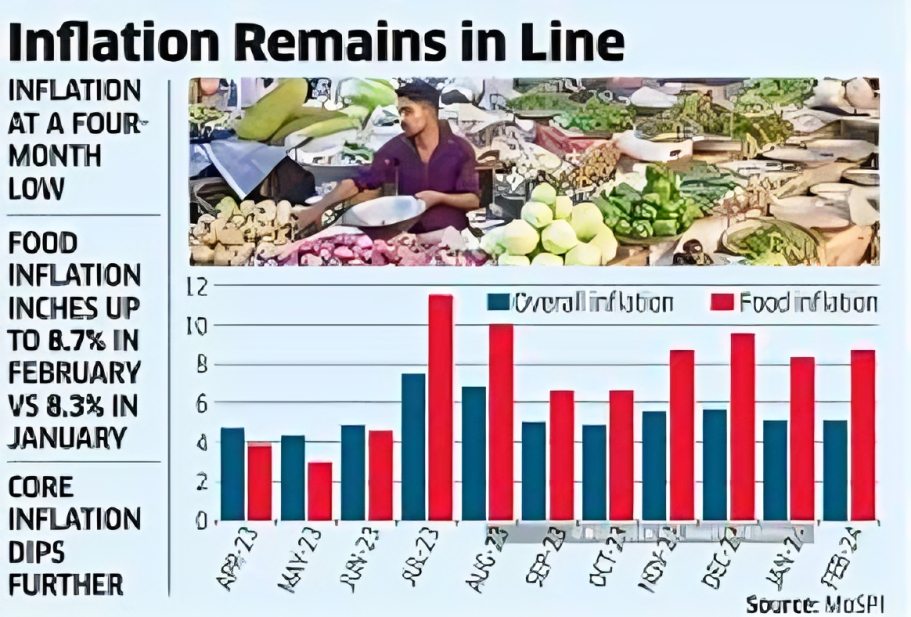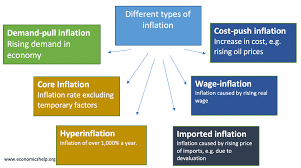Free Courses Sale ends Soon, Get It Now


Free Courses Sale ends Soon, Get It Now


Daily Editorial Analysis
Editorial Analysis based on “Little respite: On food price gain” which was published in The Indian Express.
Introduction:
Current trends of inflation:

Inflation:
Types of Inflation:

For detailed study on causes of inflation, Initiatives to control inflation, Way ahead, etc. Refer the article:
© 2024 iasgyan. All right reserved